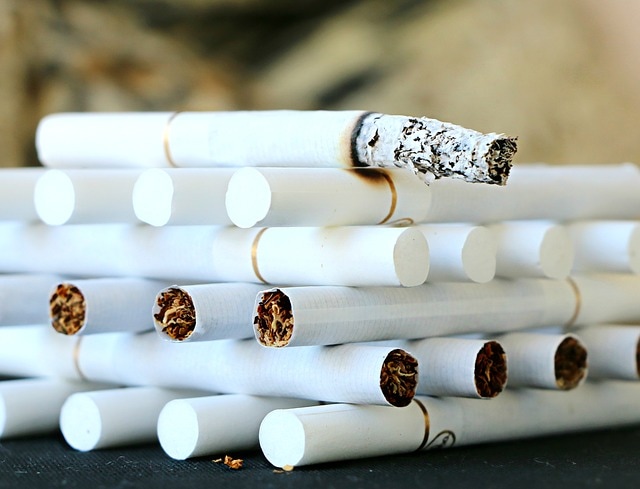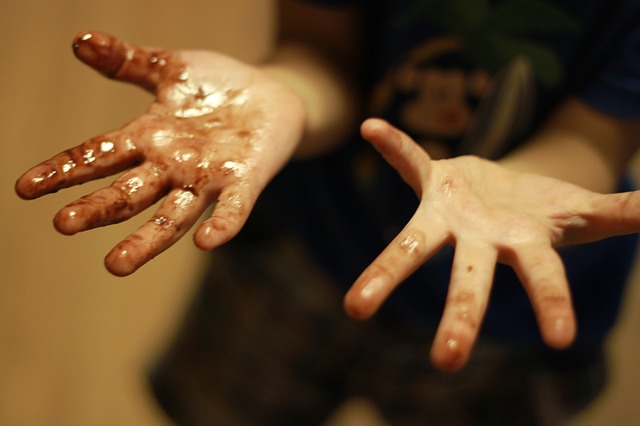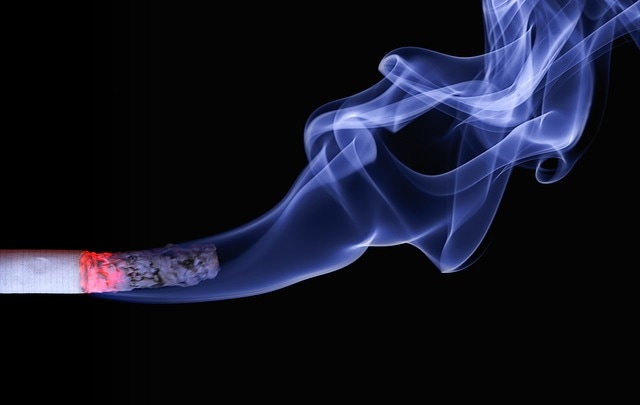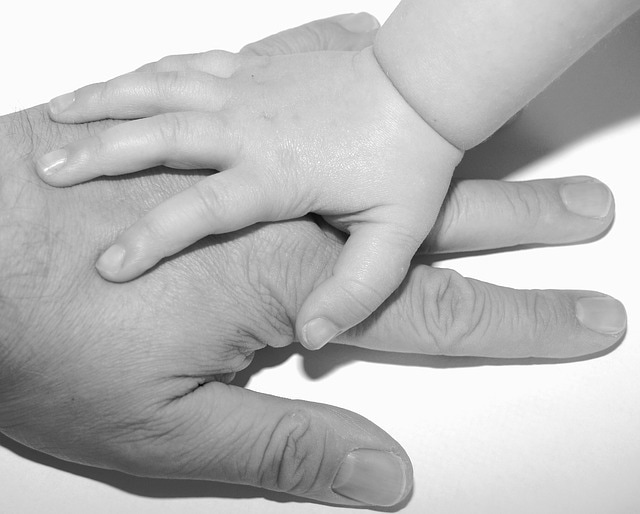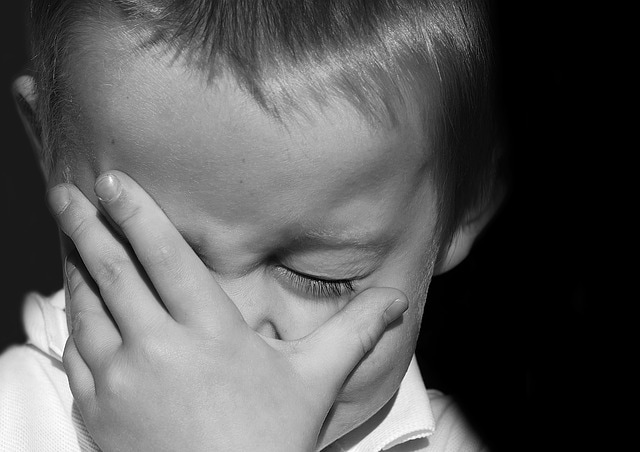The journal, Tobacco Control, defines it as the "nicotine and chemical residue left behind from cigarette and cigar smoke that can cling to skin, hair, clothes, rugs and walls. This thin film can be picked up by touch or released back into the air when disturbed." Disgusting.
They discovered that the average amount of nicotine on the kid's hands was MORE THAN 3 TIMES GREATER than the nicotine found on the hands of adults who didn't smoke, but who lived with smokers.
It was determined that the level of "nicotine on the skin of a nonsmoker is a good proxy to measure exposure to thirdhand smoke".
ALL BUT ONE of the kids had detectable levels of cotinine in their saliva. Cotinine is a biological marker for nicotine exposure. Parents of every kid in the study smoked. [The kids did not smoke.]
The smoke doesn't go up in the air and disappear. The residue lands on anything in its way. That means everything in your home. The floors, furniture, pets, toys, books, dishes, clothes...everything.
What we do know is that, in mice, thirdhand smoke harmed their livers, lungs and healing abilities. A related study done in 2010, showed that gas from leaky stoves, nitrous acid, when exposed to thirdhand smoke residue, can form cancer-causing chemicals which damage DNA. So, this is an additional risk.

"The variety of compounds that make up cigarette residue react to cleaning products differently." This makes it difficult to clean an environment.
No wonder hotels and car rental agencies have specific units and vehicles that are designated as "non-smoking". Many of us can tell when those rules have been violated and now, we know why. It's that residue!!
And, whatever you do, don't "transition" to vaping. That's another trap. It's likely to be worse than smoking cigarettes. See your doctor for medical intervention.
Just do the best you can,
TTFN, Claudia
Join me on Facebook at Dr. Claudia McCulloch

